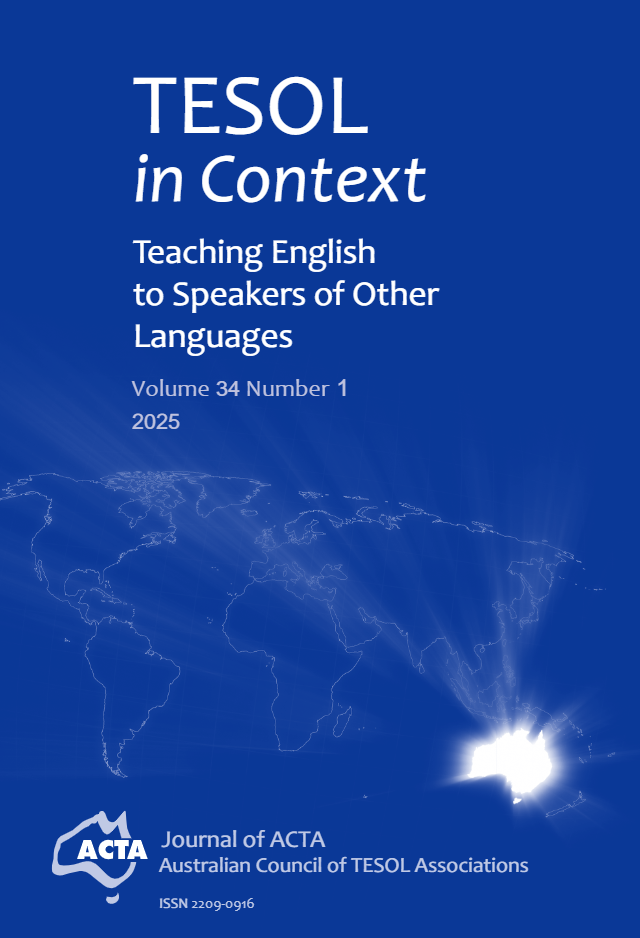The effects of deductive, inductive, and a combination of both types of grammar instruction in pre-sessional classes in higher education
DOI:
https://doi.org/10.21153/tesol2025vol34no1art2123Keywords:
deductive, grammar instruction, higher education, inductive, pre-sessionalAbstract
The purpose of this paper is to investigate students’ grammar performance and attitudes toward inductive and deductive approaches to teaching grammar in English. A mixed-method study in higher education tested the effectiveness of inductive, deductive, and a combination of both approaches on student performance on grammar tests using eight grammatical structures. To collect data, a quasi-experimental control group pretest-posttest design was used, which included interviews, observations, questionnaires, and diaries. As indicated by the results, there were significant differences between the grammar performances of the different groups in favour of the deductive approach. Students’ grammar performance was also slightly improved when deductive grammar instruction was used or when both types were combined for university L2 students. Also, the study suggested using inductive instruction with simpler grammatical structures and deductive instruction with more complex grammatical structures. As a result, the study highlights the importance of practicing both types of instruction.
Metrics
Downloads
Published
Issue
Section
License
Copyright (c) 2025 TESOL in Context

This work is licensed under a Creative Commons Attribution-ShareAlike 4.0 International License.






